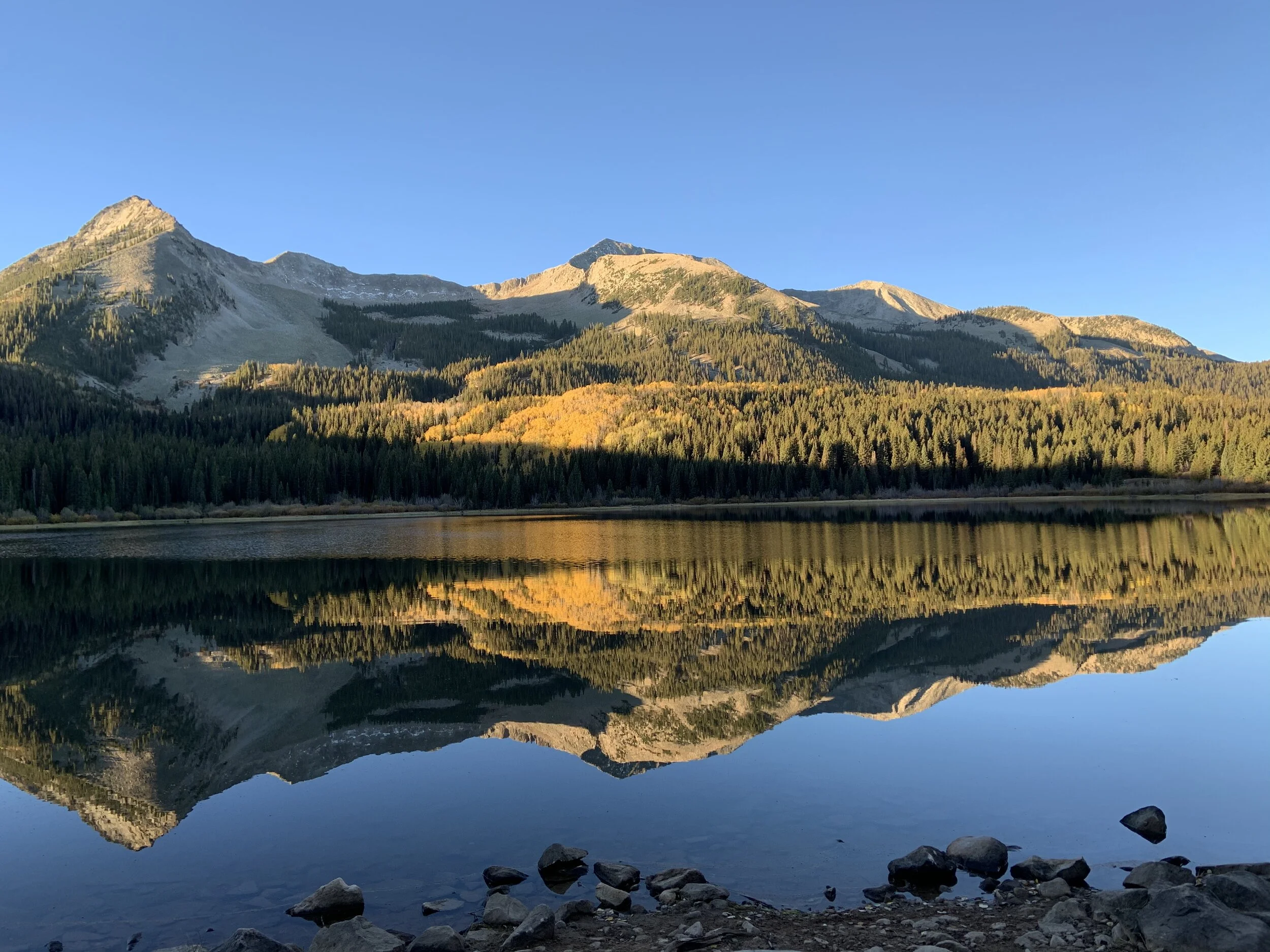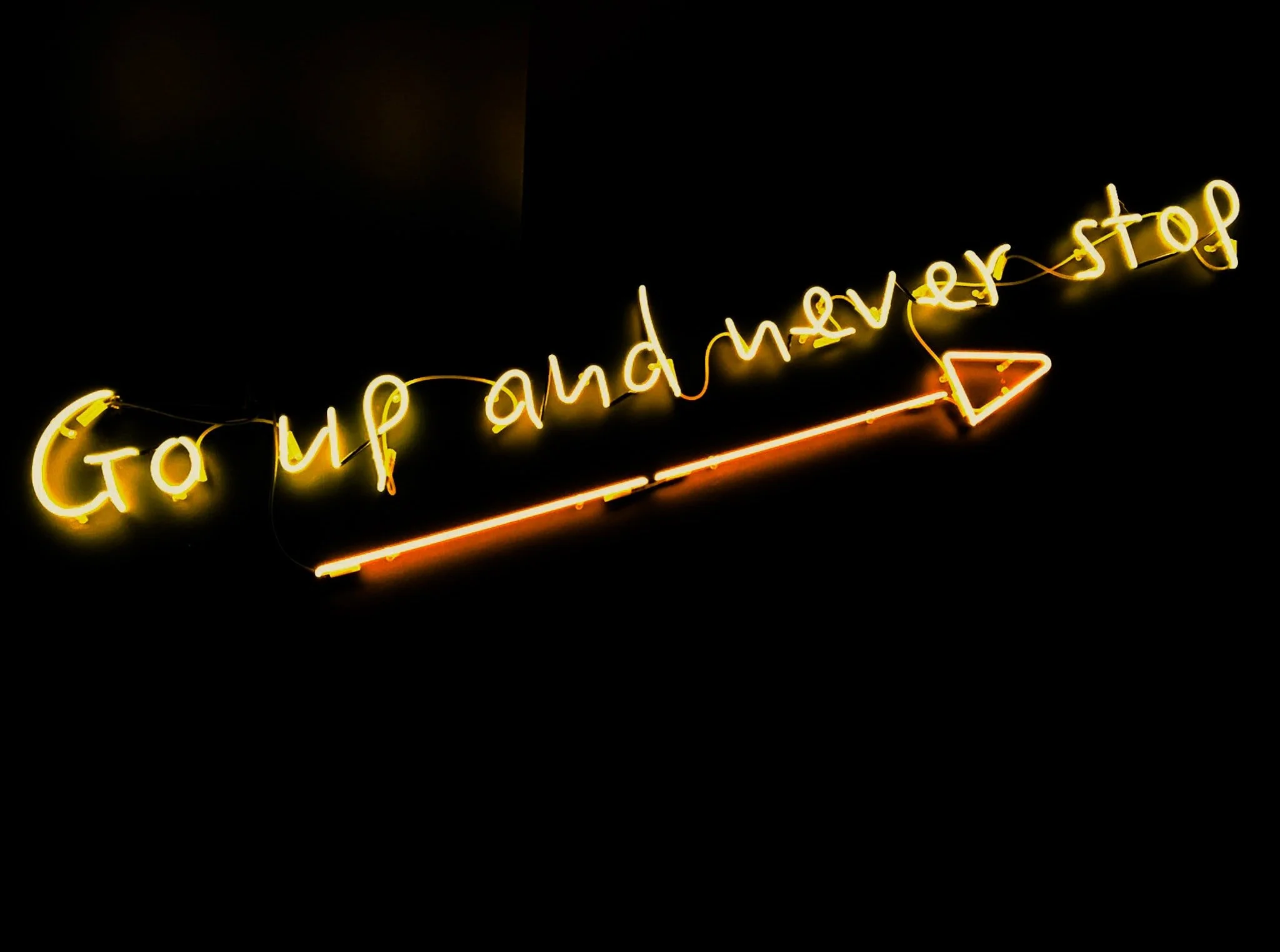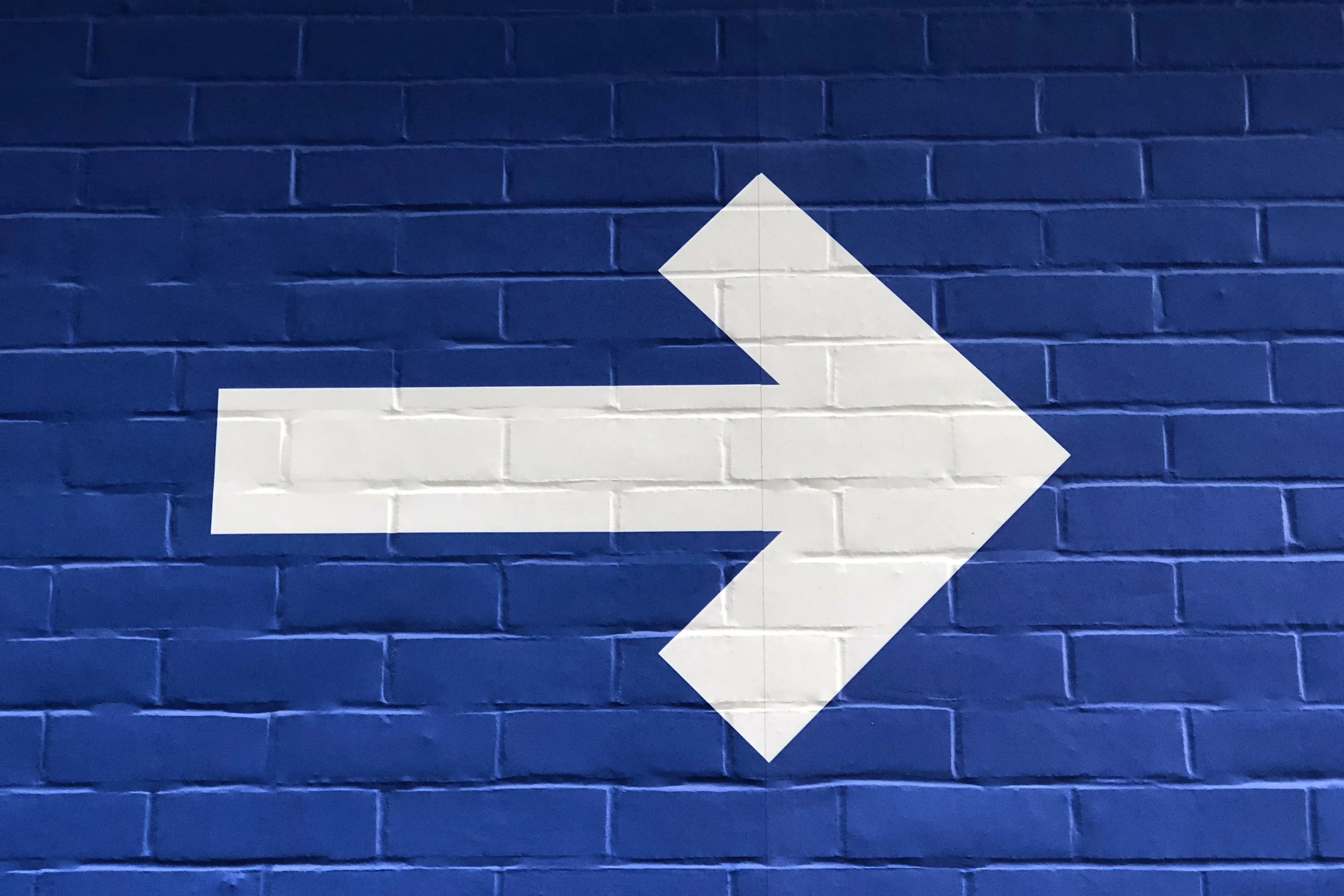My Journey from Wine to Weed: Restoring Balance with Cannabinoids
Guest Contributor: Jamie Evans, The Herb Somm
—
After a decade of US and international wine industry experience, I chose to leave the industry I love.
Throughout my wine career, I remember working many long days and nights. I was feeling the constant pressure to entertain or have a glass of wine, even though my body and mind were exhausted. I love a good glass of wine and absolutely loved the work that I was doing, but by the end of the week, I was drinking almost every night, both because of the demands of my career and also to manage stress.
I also found it almost impossible to do a cleanse or even find a week away from wine. Every time I would try, I would look at my calendar and realize I had a tasting, a wine class, or an event booked. I was envious of my non-industry friends who were able to diligently follow their detox protocols, but I also realized how lucky I was to have the opportunity to taste wines from all around the world, which was a big perk. This was the dilemma – do I do what’s best for my health and cut back? Or seize the opportunity to taste unique, amazing wines? I always chose wine.
However, in January 2017, I witnessed a gruesome car accident near my home in Sausalito, California, and while trying to work through this trauma, I was having a tough time sleeping. Instead of turning to alcohol or pharmaceutical drugs, I wanted to find a holistic way to heal myself, and started researching cannabis. Surprisingly, I came across many similarities between cannabis and wine including growing practices and sensory evaluation techniques, but the ways in which cannabis works with our internal systems is what ultimately led to my career change.
Cannabis consists of hundreds of different molecules including terpenes and phytocannabinoids—a cannabinoid or group of chemically similar compounds that are synthesized by plants such as CBD or THC—that work together to deliver enhanced therapeutic effects. When consumed, the entourage of phytocannabinoids and terpenes found in cannabis interact with cannabinoid receptors that are found in the body. It’s almost as if this plant was made for us, which is exemplified by the nature of the endocannabinoid system (ECS).
All humans and mammals have an ECS that helps maintain homeostasis. This biological system is composed of different endocannabinoids, cannabinoid receptors, and enzymes that are expressed throughout the body. With the discovery of the ECS, researchers realized phytocannabinoids, such as CBD and THC, are able to stimulate these different receptor sites, keeping our systems in check by regulating appetite, mood, memory, inflammation, and more.
When living with constant stress, researchers discovered that our bodies can experience endocannabinoid deficiencies, which can greatly impact our health. To restore homeostasis, cannabis can be used as a supplement to rebalance the ECS. Think of phytocannabinoids as you’d think of vitamins. By implementing a cannabinoid therapy regimen, you can use cannabis to help fill the gaps and replenish your body with what’s been lost to avoid burnout and exhaustion.
In addition to CBD and THC, there are hundreds of phytocannabinoids that are unique to cannabis, each offering different benefits and characteristics that interact with the ECS. For example, THCV (Tetrahyrdocannabivarin) is a great option for those seeking weight loss as it suppresses the appetite. CBN (Cannabinol) works wonders for those who are looking for a good night’s rest. The good news is, many cannabis companies are beginning to focus on these lesser-known phytocannabinoids, which could potentially offer a better solution for targeted healing.
While wine will always be my first love, cannabis has played an important role in enhancing my self-care. If you’re not big on THC, that shouldn’t scare you away. There are so many other phytocannabinoids and terpenes that can benefit your mind, body, and soul. Remember, everyone reacts differently, so have an open mind and don’t be afraid to experiment.
Not sure how to approach cannabis? Here are four ideas to consider:
Know what’s legal.
Cannabis use is still considered illegal in some states and countries outside of the United States. Before exploring cannabinoid medicine, be sure to read up on the current legal status of cannabis based on where you reside. The good news is, hemp-derived CBD products are becoming readily available in most places, making them a safe place to start. Just be sure to do your research to ensure you are purchasing reliable products from trusted brands.
Speak with your healthcare provider.
If you’re thinking about using cannabis for the first time and are taking other medications, it’s imperative that you speak with your healthcare provider to limit the risk of dangerous drug interactions. If your primary doctor is not familiar with cannabinoid medicine, there are other resources that can guide you including the American Cannabinoid Clinics or a cannabis coach who works with international clients.
Do your research.
With more and more clinical trial results reaching the public eye, it’s a perfect time to read the most up-to-date research on cannabis as it’s constantly evolving. Look into what’s been discovered in other countries, such as Spain and Israel, who’ve conducted some of the most extensive cannabis studies, exploring the plant’s medicinal properties.
Start low, go slow.
Cannabis is an individualized form of medicine, which means it’s not “one size fits all.” To find a product that works best for you, start with a low-dose and safely experiment with different products and cannabinoid ratios to find your perfect balance. For more beginner tips, click here.
With love and support as you begin your cannabis journey,
Jamie Evans, The Herb Somm
Disclaimer:
The information in this article is for educational purposes only. It is not intended to replace the advice of a physician or medical practitioner. Please see your health-care provider before experimenting with cannabis or beginning a new health program.
---
Jamie Evans is the founder of The Herb Somm, a California-based cannabis blog and lifestyle brand that focuses on the gourmet side of the cannabis industry. Alongside her work in the cannabis space, she is a Certified Specialist of Wine and was named as one of Wine Enthusiast Magazine’s Top 40 Under 40 Tastemakers in 2018 and as a 2018 Innovator by SevenFifty Daily. She is also the author of a new CBD lifestyle book, The Ultimate Guide to CBD: Explore the World of Cannabidiol to be published by Fair Winds Press of Quarto Publishing Group scheduled to release in March, 2020. Follow Jamie on Instagram @TheHerbSomm or on Twitter @TheHerbSomm.
What We're Reading:
There's no shortage of wine stories and media inundating our IN Boxes. Here's what has piqued our interest this week.
Vitamin Sea: Time Spent Near Water is Medicine for Mind and Body, by Beth Mcgroarty on the Global Wellness Institute
A new article explains why and how "blue space" (the ocean, rivers, lakes, canals, waterfalls, even urban fountains) positively impacts our mind and body.
A Simple Mindfulness Exercise Might Help Prevent Drinking Alcohol in Response to Stress, by Eric W. Dolan at PsyPost
New research provides evidence that a brief counting exercise can reduce alcohol-seeking behavior.
Meet the Community!
Our community is only as strong as the company we keep, and here we meet some of the folks who make our profession so dynamic.
Valerie Gerard Matsuura, Vice President of Operations, Sopexa (USA)
Years in the Industry:
I’ve been in the food and wine industry since 2003. I joined Sopexa, a marketing agency specialized in food and wine, in Tokyo, Japan, then transferred to the New York office in 2006. I planned to stay in the U.S. for 4 years but never left!
I have never really experienced any other industry, and I love the food and beverage sphere because of the people we meet. Sopexa has a strong focus on wine regions/councils, so behind each campaign we work with many producers rather than representing a single brand. That means that I get to interact with players from every part the three-tier system—since moving to New York over 10 years ago, I’ve worked on campaigns of every size that touched on all the facets of the U.S. beverage industry. That is what I love.
My Biggest Challenge to Wellness:
My biggest challenge to wellness is to find time for myself without feeling guilty that I’ll miss anything at work or at home. I am a working mother with a husband who is constantly on the road and teenagers who are very independent but still need their mom every day! I love to work and am not afraid to put in long hours. Being raised by an entrepreneur, and then living for eight years in Japan, where the work culture is very intense, I learned always to put work first.
In 2012 I started to feel overwhelmed and made the major decision to train for my first marathon. I had always been a recreational runner but never ran long distance, so it took me 2 years to get up to speed, as it were. I knew that running would get me into better shape, but I underestimated how much impact it would have on me mentally. It helped me find better balance in my life and simply function better.
How I Keep It To Together To Stay Well:
Since discovering the incredible impact of long-distance running I’ve maintained a program of one or two races annually (the last 3 years I’ve actually done triathlons), which gives me a goal to focus on. I have a routine that keeps me active, of course, but also soothes my mind.
1. Getting to “the green”: The Japanese swear by the “Shinrin-yoku” or forest bath—being outside in “the green” and connecting with nature makes such a difference. I try to bike to work as often as possible–riding down along the Hudson river for 30 minutes is quite a refresh. On the weekend I go to the park for a run or stroll, or I bike to the Palisades in New Jersey. Being outside even for one hour brings so much clarity to my mind.
2. Early mornings: It took me a long time to realize that quality was more important than quantity because, let’s face it, at 47 I will never be an athlete. Now I make a point of dedicating more small moments to being active rather than having an aggressive training plan for my races. I wake up 6 am to exercise. A couple of times a week I go for a swim, and other days I do Class Pass to Go; they have an amazing selection of classes covering many different disciplines, ranging from just 5 minutes to 30 minutes or more, and you simply follow from your phone.
3. A touch of spirituality: In 2017 I went on a kundalini & chakra learning yoga retreat that takes you back to “true life.” You can never recreate the same intensity or experience that you have during a program like that, but I do listen to many guided meditation and spiritual podcasts on Spotify.
4. Be inspired: Over the last year I have curated a good list of inspiring people whom I follow on Instagram. It is lovely to see the positive effect of reading an inspiring quote or seeing someone talk about her active life. It brings ideas and inspiration.
5. Being gentle to myself: I think the biggest pressure I had was the one I was putting on myself; and once I realized that, I was already halfway to solving the problem. Life will always be challenging, but taking it one step at a time, shifting gears as necessary, and accepting that it will not always be perfect or go as planned is actually okay.
All of these are things that help me keep it together… and then, of course, I often end the day with a glass of wine to toast to all of it!
Let’s Meet Up!
As work life has it, we are traveling over the next few months and would love to see you!
Presenters at the Unified Wine & Grape Symposium in Sacramento, February 4 to 6 (Beck and Cathy)
Presenter at Wine Paris, February 10 to 12 (Cathy)
Presenter at the Vancouver International Wine Festival, February 25 to 29 (Cathy)
Presenter at the Wine Marketing & Tourism Conference in Eugene, Oregon, March 3 to 5 (Cathy)
Attendee at ProWein in Düsseldorf, March 15 to 17 (Cathy)
Guest Instructor at Bologna Business School, April 7 to 9 (Cathy)
Attendee at Vinitaly in Verona, April 19 to 22 (Beck)
Presenter at the Future Wine Expo in Santa Rosa, May 12 and 13 (Cathy)
Drop a line to rebecca@abalancedglass.com or cathy@enolytics.com if you are interested in getting together for practice, a chat or a great glass together.







